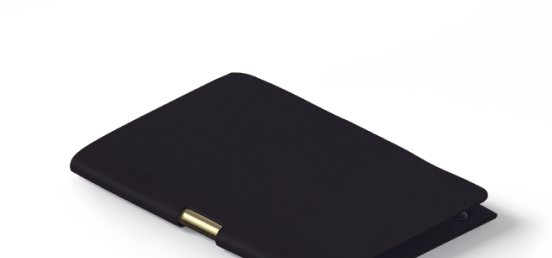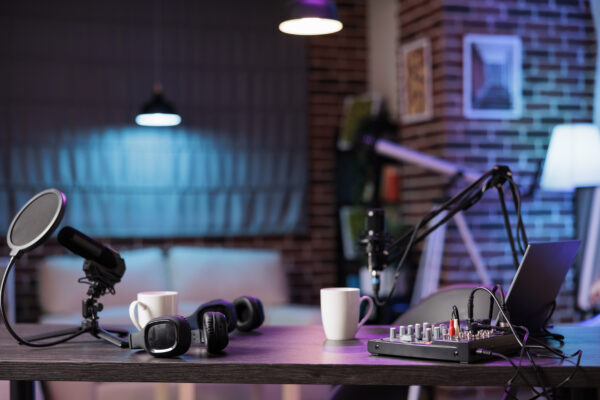Podcasting has become one of the most popular mediums for content creators to share their ideas, stories, and expertise. As the industry evolves, video podcasts are gaining traction, offering a richer and more engaging experience for the audience. If you’re looking to set up a professional video podcast, vMix is a powerful and versatile software solution. This guide will walk you through the steps to set up your video podcast using vMix, and how to stream it to popular platforms like YouTube, Facebook, and Twitter.
What is vMix?
vMix is a live video production software that allows you to produce, record, and stream your video podcasts. It supports a wide range of input sources, including cameras, audio devices, video files, and more. With vMix, you can add effects, overlays, and transitions to create a polished and professional podcast.
Step 1: Gather Your Equipment
Before diving into vMix, ensure you have the necessary equipment:
- Camera: A high-quality webcam or DSLR camera.
- Microphone: A good quality microphone for clear audio.
- Computer: A powerful computer with a good graphics card.
- Lighting: Proper lighting to enhance video quality.
- Green Screen (Optional): For a customizable background.
- Capture Card: If you’re using a DSLR camera.
Step 2: Install vMix
Download vMix:
- Go to the vMix website.
- Download the appropriate version for your system.
Install vMix:
- Run the installer and follow the on-screen instructions.
- Once installed, launch vMix.
Step 3: Set Up Your Project
Open vMix:
- Launch vMix and start a new project.
Add Your Inputs:
- Click on the Add Input button.
- Choose the type of input you want to add (Camera, NDI, Video, etc.).
- Select your camera and microphone.
- Adjust the settings to ensure optimal quality.
Step 4: Configure Your Audio and Video Settings
Audio Settings:
- Go to the Audio Mixer tab.
- Select your microphone input.
- Adjust the gain, volume, and other audio settings.
- Use the built-in audio meters to monitor levels and avoid clipping.
Video Settings:
- Go to the Settings menu.
- Adjust the resolution and frame rate according to your needs.
- Ensure your camera input is set to the correct resolution.
Step 5: Design Your Layout
Create Scenes:
- In vMix, you can create different scenes for various segments of your podcast.
- Use the Input and Overlay features to add graphics, lower thirds, and transitions.
Add Overlays:
- Click on the Overlay button.
- Choose the type of overlay (Text, Image, Video, etc.).
- Customize the overlay with your podcast branding.
Use Multi-View:
- Combine multiple inputs into a single scene using the Multi-View feature.
- This is useful for interviews or multi-camera setups.
Step 6: Test Your Setup
Run a Test Recording:
- Click on the Record button to start a test recording.
- Review the recording to ensure audio and video quality are up to your standards.
Adjust Settings:
- Make any necessary adjustments to your audio, video, or layout settings.
- Repeat the test recording if needed.
Step 7: Go Live or Record
Start Recording:
- Click on the Record button to start your podcast recording.
- Ensure everything is running smoothly and monitor your audio and video levels.
Live Stream (Optional):
- If you’re planning to live stream your podcast, click on the Stream button.
- Configure your streaming settings and select your platform (YouTube, Facebook, Twitter, etc.).
- Start streaming and engage with your live audience.
Setting Up Streams to YouTube, Facebook, and Twitter
YouTube:
- Go to the YouTube Live dashboard.
- Copy your Stream Key from the YouTube Live settings.
- In vMix, go to the Stream settings.
- Select YouTube as your platform and paste the Stream Key.
- Set your desired streaming quality and click Start Stream.
Facebook:
- Go to the Facebook Live Producer.
- Copy your Stream Key from the Live Producer settings.
- In vMix, go to the Stream settings.
- Select Facebook as your platform and paste the Stream Key.
- Set your desired streaming quality and click Start Stream.
Twitter (Periscope):
- Go to the Periscope Producer settings on Twitter.
- Copy your Stream Key from the Periscope Producer settings.
- In vMix, go to the Stream settings.
- Select Twitter (or Periscope) as your platform and paste the Stream Key.
- Set your desired streaming quality and click Start Stream.
Step 8: Post-Production
Edit Your Podcast:
- Once recorded, you can edit your podcast in vMix or use external editing software like Adobe Premiere or Final Cut Pro.
- Add any additional graphics, music, or effects during the editing process.
Export and Publish:
- Export your final video podcast in the desired format.
- Upload your podcast to your chosen platform (YouTube, Vimeo, etc.).
- Share your podcast on social media and your website to reach a wider audience.
The Value of Professional Graphic Design
Having professional graphics designed by experts like Milestone Media can significantly elevate the production quality of your video podcast. High-quality graphics, including lower thirds, greenscreen backgrounds, logos, and branding elements, can enhance the visual appeal and professionalism of your content. Professional designers ensure that your graphics are visually cohesive and tailored to your podcast’s theme and branding, helping to create a more immersive and engaging experience for your audience. To explore our podcast graphics design packages, click here.
Conclusion
Setting up a video podcast with vMix can significantly elevate the production value of your content. With its robust features and intuitive interface, vMix is an excellent choice for both beginners and experienced podcasters. Follow these steps, and you’ll be well on your way to creating a professional and engaging video podcast. Happy podcasting!





